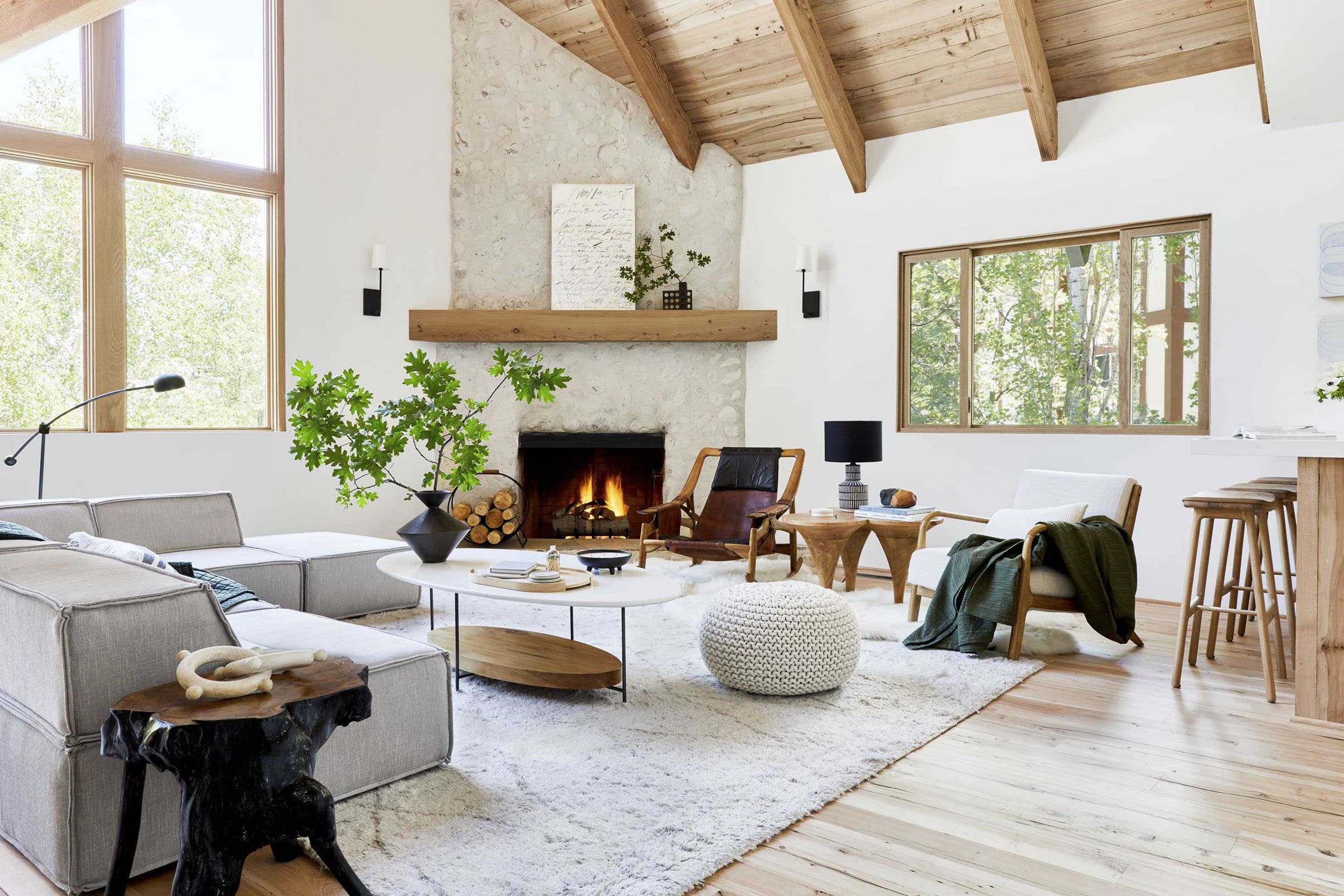What to Look For While Shopping for Antique Rugs

To produce a true, antique rug it takes many hands skilled in the time-honored methods that generations have passed down. On average, it takes five to fifteen months to produce a rug, each rug carrying with it their distinct characteristics that will ultimately determine their worth. And with any antique, age must be considered as well. These ancient beauties are typically considered antique after they’ve typically hit the 50-150-year mark. The finest antique rugs will be at least 150 years old and identifying their quality exclusively through sight can be difficult. Though it takes a trained eye to verify the authenticity of an authentic antique rug, learning how these works of art are made will provide some clarity to help us recognize authentic vintage rugs.

How Antique Rugs Are Made
- Natural materials are prepared, typically Natural Silk, Wool, and Cotton.
- Before production can start, the desired materials are dyed. Older, more natural dyeing methods were done with vegetables while the most recent methods are done with synthetic dyes which offer a brighter color.
- The master weaver hand-knots the natural fibers to a foundation of vertical strands which are combed and compressed to create a pile. The greater the knot count, the greater the value as it offers a more intricate design.
- Once the rug has been fully hand-knotted, the loose ends of the fabric will be tied to create the fringe.
- After the knotting, the pile will appear uneven so the artisan will shear it down to reveal a more accurate design.
- The rug will then be washed several times to ensure no color transfer.

Every one of these traditional methods will display distinct details that expert rug dealers, or purveyors, will look out for. Now that we’ve revealed how the antique rugs are made, we can take a closer look at those distinct details the dealers typically keep on their radar.
- Authentic, antique rugs will always be hand-knotted so minor flaws in those knots are common.
- Because the rug was knotted by hand, some imperfections in the designs will confirm they are traditionally made. And as the rugs are dyed by hand, color vibrancy will also vary throughout.
- The back or underside of the rug will have a mirrored image from the front and both sides will be constructed of the same fabric. If you come across a rug with a plastic underside, it can be an easy giveaway that is not antique.
- The fringe is attached to the body of the rug. If you come across a fringe that appears to have been sewn onto the rug, that can also be a red flag.
Keeping these key characteristics in mind will save you a good amount of time researching and will ideally simplify your search immensely. And for some extra peace of mind, you may look to specific brands that dedicate themselves to the craft of antique rugs. With a proven record of four generations of rug purveyors, Ben Soleimani has mastered this ancient craft to provide only the finest selection of antique rugs. Their exclusive concierge service will help customers select and style their dream vintage piece for their home.



